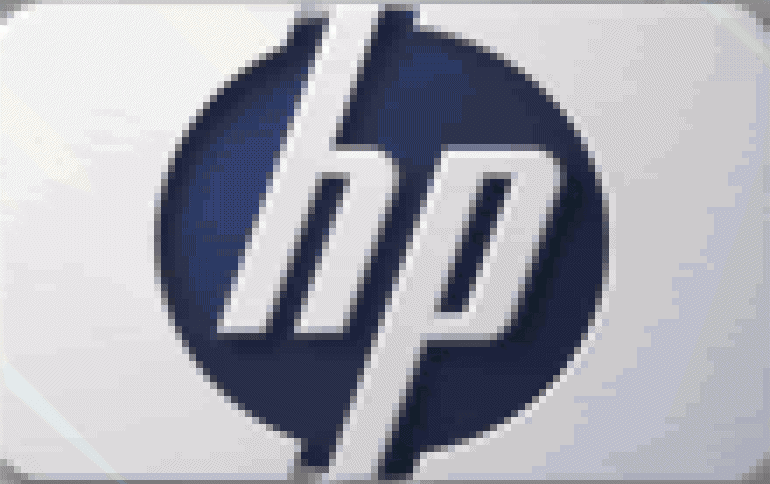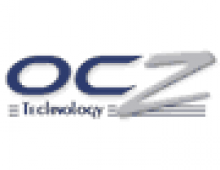
HP and Intel Outline Their HPC Plans
Hewlett-Packard (HP) will be using new processor and network technologies from Intel - the new "Knights Landing" Xeon Phi processor and the Omni-Path network fabric technology - to build server systems that aim to expand high-performance computing into new markets, including big data workloads at large enterprises. During the International Supercomputing Conference (ISC). HP announced a High Performance Computing (HPC) alliance with Intel created to help expand accessibility of HPC to enterprises of all sizes. To increase accessibility of HPC, the companies will launch a new Center of Excellence (CoE), which is designed to bring a community of experts from both companies to support customers in planning, developing, deploying and managing HPC solutions.
The promise of HPC is expanding beyond governments and academia to enterprises of all sizes that want to accelerate the pace of big data analytics and business insight.
Market driving the accelerated demand for HPC across commercial enterprisesinclude
big data sources from the adoption of mobility, cloud computing, multimedia, social collaboration and the Internet of Things (IoT); oil exploration, human genomics and real-time financial trading industries; and advancements in processing technology.
HP's new Apollo systems will leverage next-generation Intel Xeon processors, the Intel Xeon Phi product family, Intel Omni-Path interconnect technology and the Intel Enterprise Edition of Lustre.
The Knights Landing version will have as many as 72 cores, with two vector processing units per core.
The faster chips need a network that can keep pace, and Intel says its Omni-Path technology offers a switch messaging rate up to 73 percent faster than InfiniBand EDR. It's an evolution of the True Scale Fabric that Intel acquired when it bought QLogic's InfiniBand business several years ago
Intel OPA switch features enabling higher performance and greater scalability, include:
- Up to 30 percent higher messaging rate per switch port compared to InfiniBand alternatives
- Up to 23 percent lower switch port-to-port latency compared to InfiniBand-based switches
- Up to 60 percent lower switch fabric latency in medium-to-large clusters than InfiniBand alternatives.
Omni-Path will be available in commercial systems in the fourth quarter, and Knights Landing is expected to follow soon after.
Advanced features such as traffic flow optimization, packet integrity protection and dynamic lane scaling allow for finer-grained control on the fabric level to enable high resiliency, high performance and optimized traffic movement.
Software also needs to be ported to take advantage of Xeon Phi's many cores. Intel plans to offer an improved SDK with scripts, sample code and more.
Intel will also expand its Lustre software capabilities with the upcoming releases of Intel Cloud Edition for Lustre Software v1.2 and Intel Enterprise Edition for Lustre Software v2.3. These new editions will offer enhanced features designed to increase the performance, security and ease-of-use of these popular HPC file system solutions.
Intel's cooperation with isn't exclusive, so expect Dell and Lenovo to employ the technologies as well.
Specifically, Lenovo will join Intel’s code modernisation enablement programme and adopt Intel’s HPC scalable system framework for future products. The company is also partnering with Mellanox to accelerate the adoption of EDR 100Gb/s InfiniBand interconnect and server technology.


















